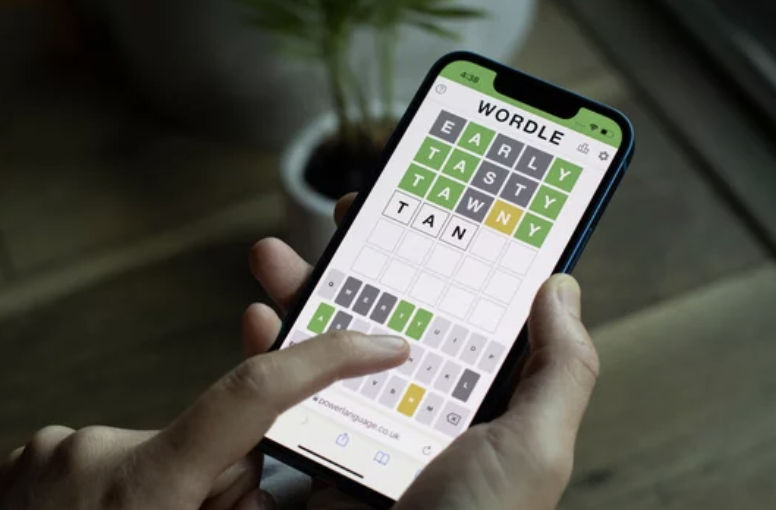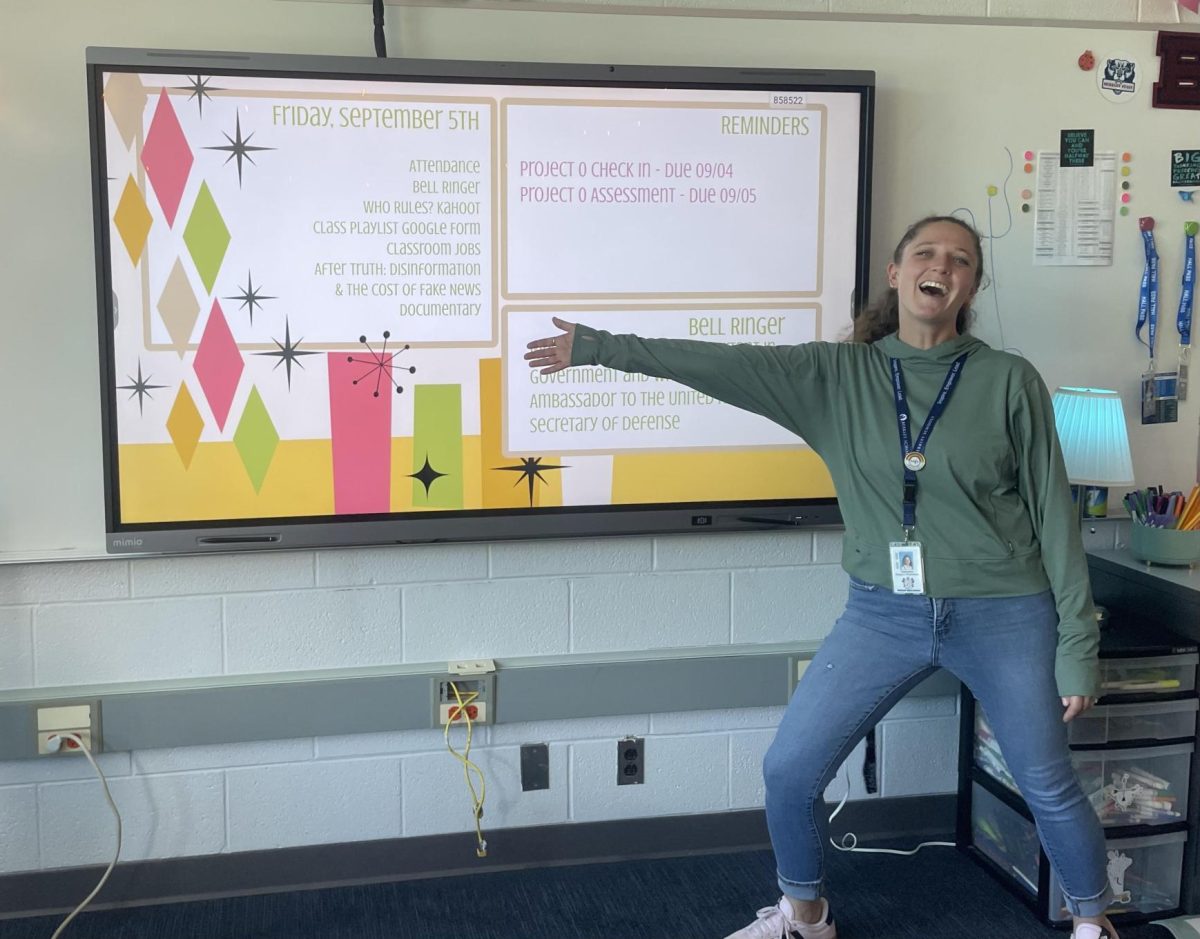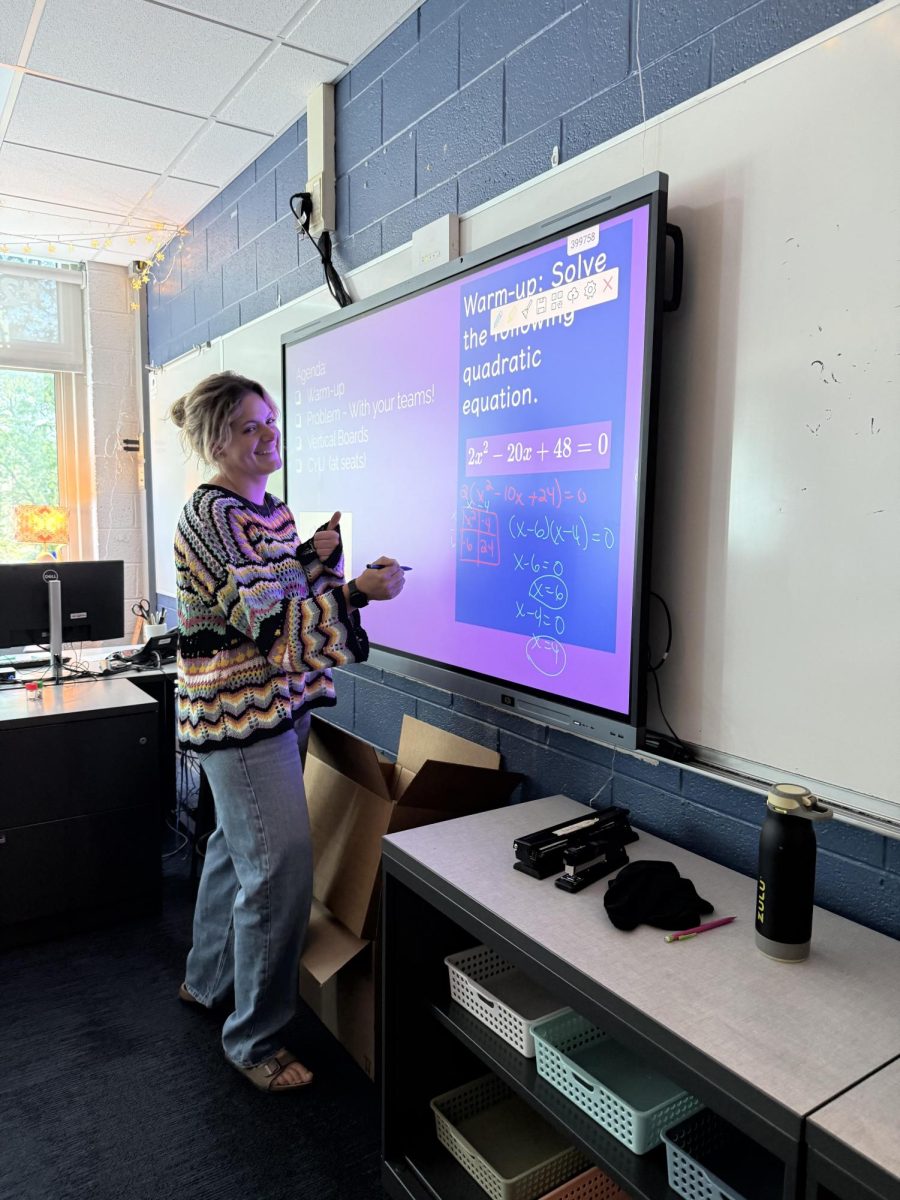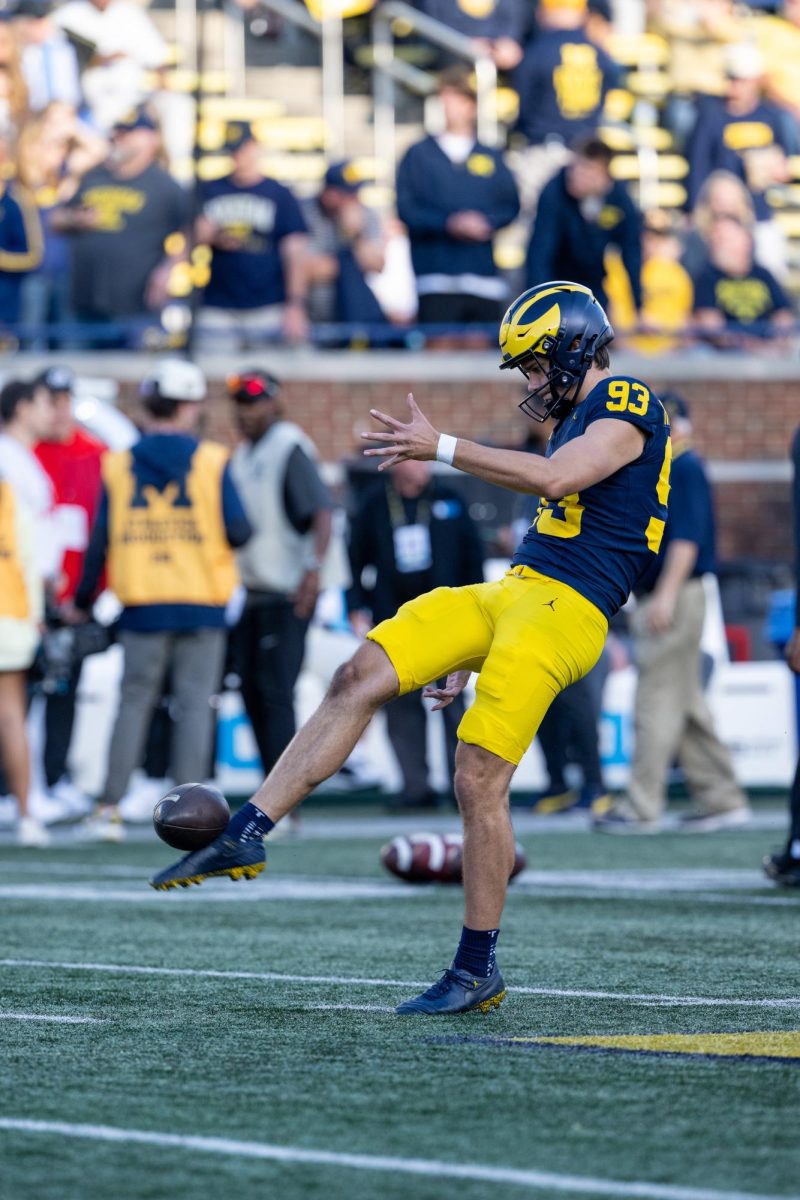The New York Times may be most well known for writing captivating news articles, but the Berkley community especially appreciates the publication for its signature daily word games. You may have heard students talking about whether they got the daily Connections or how many tries it took them to get the Wordle. In fact, a poll on the Berkley Spectator’s instagram found that over 50% of Berkley students said they play these games everyday. NYT features eight different games that are made to challenge the brain and allows players to share their results with friends. In case you aren’t hooked yet, here’s an overview of some of their most popular games, and why you won’t want to miss it .
In 1949, the New York Times developed their first game, and arguably the most challenging one: The Crossword. Although only 11% of Berkley students name it as their favorite game, it being the first game will forever make it iconic. The Crossword features numbers with corresponding clues, and the words that are the answers to the clues are filled into a large puzzle, sometimes surpassing 100 words. Not only does this game allow you to challenge your brain but it even teaches you new words because the words you do know help to fill in the missing ones. The one downside to it is that it is only available through a subscription. New York Times also has a Mini Crossword with around ten words in it and there is no subscription required to play it.
In another social media poll, the Berkley community voted that their favorite New York Times game is Wordle. Wordle has been popular in the school since its initial release in October of 2021. The goal of the game is to correctly guess a 5-letter word in six tries. After each guess the letters entered will be highlighted in one of three colors. Green means the letter is in the correct place, yellow means the letter is in the word but the wrong place, and gray means the letter is not part of the word. Just like the Crossword, Wordle expands your vocabulary because the nature of the game forces you to come up with words you may have never thought of using or knew existed. It is an easy game to play when you have an extra minute or right when you wake up to get your brain going for the day.
The final game out of the most popular ones is Connections. Connections features 16 words and you have to separate those words into four groups based on common themes. These themes aren’t revealed so therefore the player has to produce potential commonalities for the four groups. The groups can be based on all different things. Sometimes they are grouped based on definitions, sometimes it’s their spelling, or even if the words sound alike. The Berkley community also loves Connections. Even though it’s not as loved as Wordle, 36% still name Connections as their favorite. This one works in a different way than Wordle and the Crossword though. Instead of focusing on creating words from scratch, it focuses on finding common themes within words which forces you to focus on definitions and commonalities over actual letters and spelling of the words.
Overall, these games are the talk of the school but also are good for your brain. They are truly multi-beneficial. The games discussed above only scratch the surface of the New York Times games. There are many options involving words, numbers, and even both combined. Other games include Sudoku, Letter Boxed, Spelling Bee, and Tiles. On top of that, they are highly convenient because they can easily be played on any device and most take under five minutes. The opportunities are endless. If you haven’t started playing the games, now is the time!








